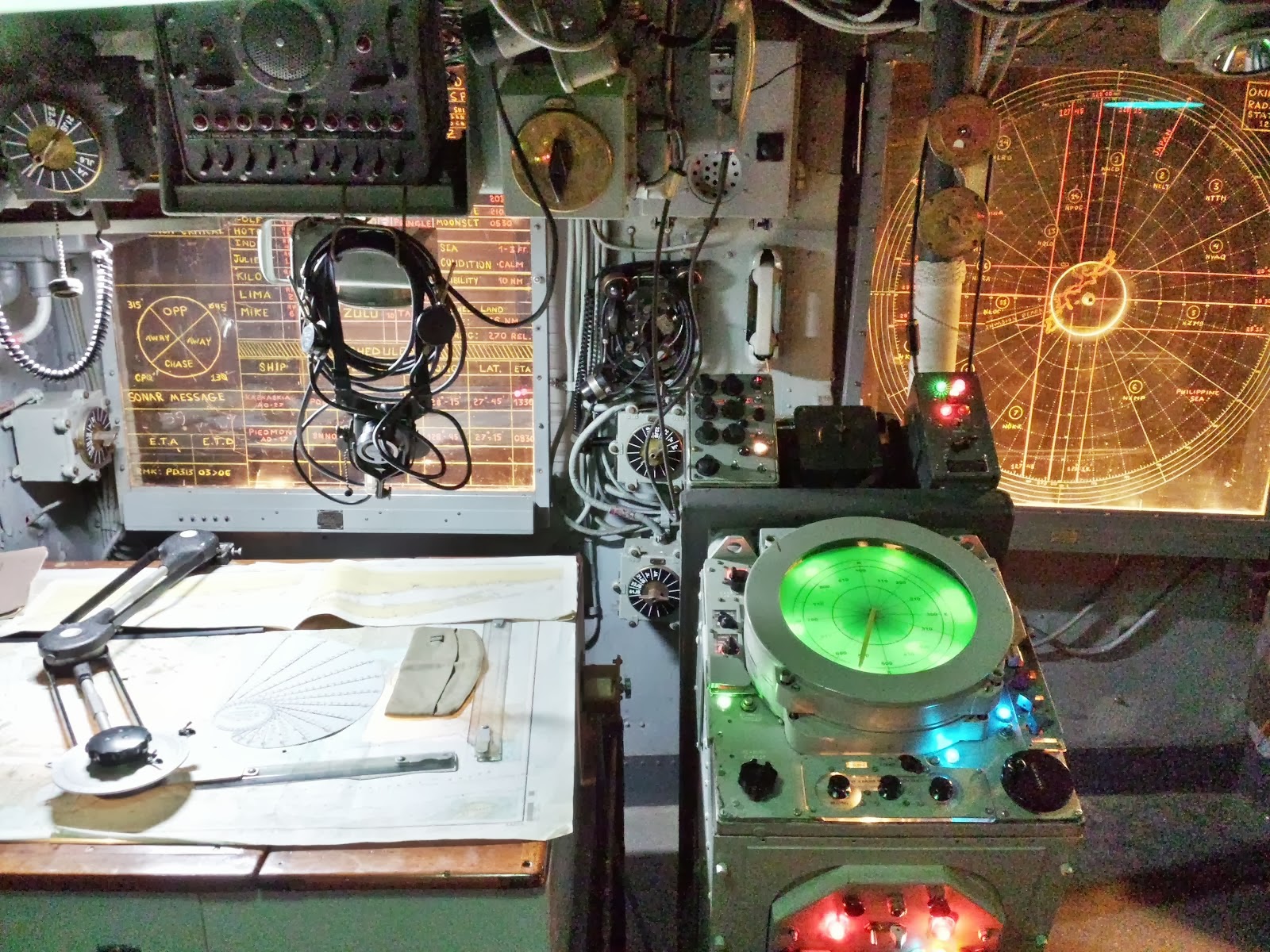 |
| JT65A |
The sun is returning and the days are getting longer here in Alaska. Temperatures the last few days have reached near the freezing mark, sitting nicely in the mid 30's! March has not been an active month for me on the radio due to propagation and personal obligations. As summer approaches, the rig and shack will fall silent as activities will be moved outdoors. Not that I don't enjoy ham radio but I love summer! As the contest season wraps up, the summer season begins. You will never hear me complain about the midnight sun!







